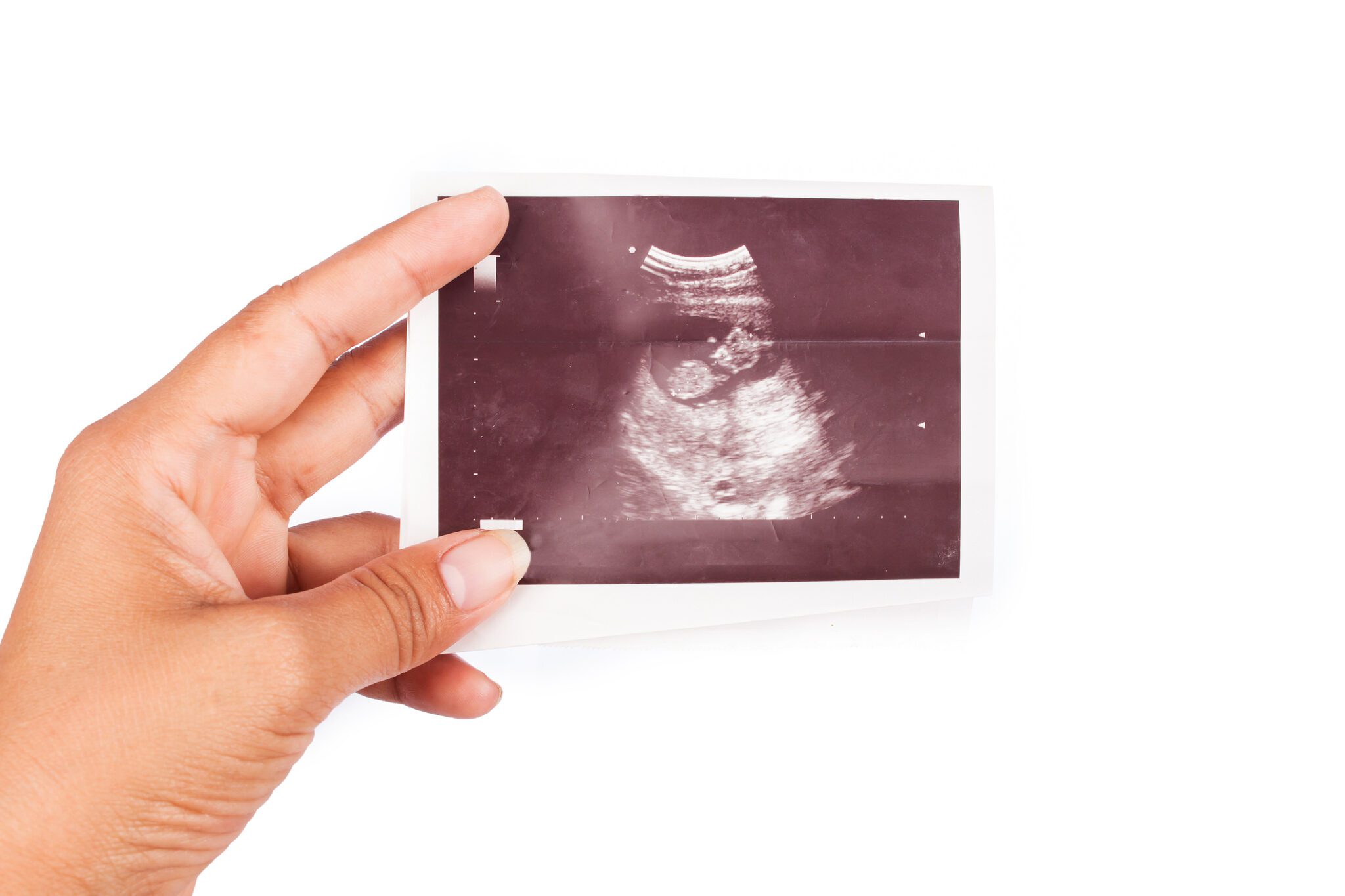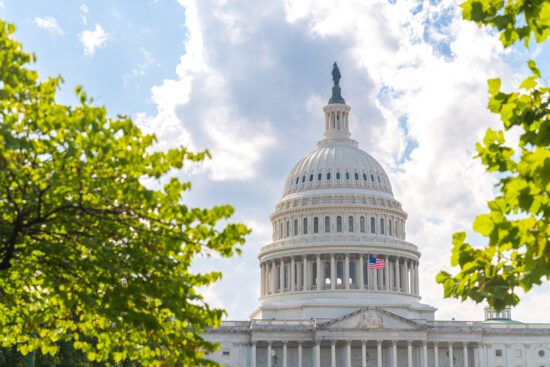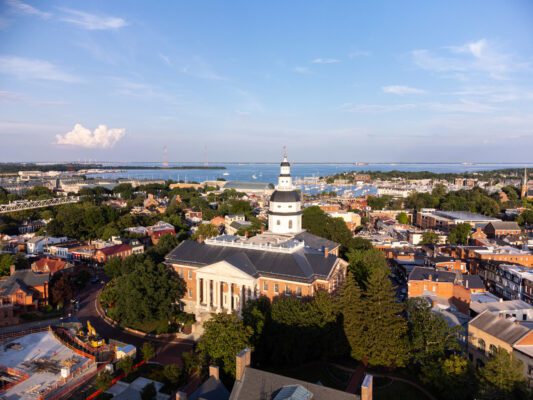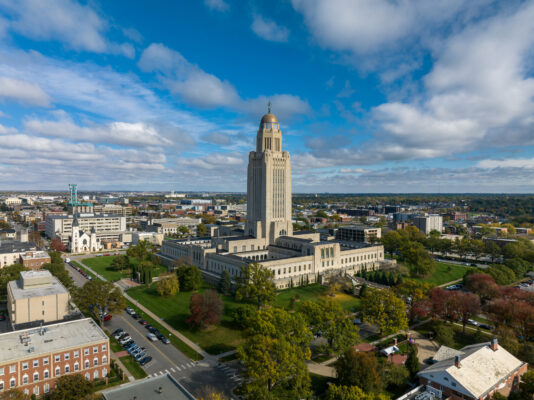Imagine a pro-life movement that successfully prevented the legalization of abortion in dozens of states. Imagine a movement that attracted support not only from many Republicans but also from some of the most liberal Democrats in the U.S. Senate. Imagine a pro-life movement that supported the unborn not only through anti-abortion laws but also through calls for an expansion in prenatal and maternal health insurance and other measures to protect both children and mothers.
In other words, imagine the pro-life movement of the early 1970s.
The Pro-Life Movement of the 70s
American abortion law in the pre-Roe era of the early 1970s was in many respects a lot like American abortion law today. Because the federal government left abortion regulation up to the states, some states, such as New York, allowed nearly unrestricted abortion during the first two trimesters of pregnancy, while other states prohibited all abortion except when it was necessary to save a woman’s life. As is the case today, polls showed that public opinion on abortion was divided. And both the feminist movement and much of the national media were strongly supportive of abortion rights, just as we see now.
In short, the pro-life movement of the early 1970s faced some of the same challenges in winning public support that it experiences in our generation. But there were at least two key differences between the movement then and now: the pro-life movement’s political orientation and its comprehensive social vision.
Because the pro-life movement did not position itself as a politically conservative movement, it was able to win support across the political spectrum in ways that may seem unimaginable in our current political moment. But there is a lot that we can learn from this approach, even in the midst of the partisan polarization we now face.
The pro-life movement of the early 1970s was still overwhelmingly Catholic, and the social vision they promoted reflected the priorities of a 20th-century Catholic emphasis on societal obligations to the less fortunate. Employers had an obligation to pay workers a living wage. The government had a social obligation to make sure that the nation’s citizens had adequate healthcare and educational opportunities. And the state also had an obligation to families to ensure that they could flourish.
The Catholics who organized the earliest efforts to defend the unborn against proposals for the liberalization of state abortion laws drew on this social teaching to situate the right to life for the preborn within a broader vision of human flourishing. In 1947, the nation’s Catholic bishops issued a declaration of human rights that began with the “right to life and bodily integrity from the moment of conception,” but then proceeded with a long list of other social rights, including the “right to a living wage,” the “right to an education,” the “right to collective bargaining,” and the “right to receive assistance from society.”
For mid-20th-century Catholics, the right to life for the preborn was a foundational right, but they never thought of it as existing in a vacuum. Instead, it formed the premise from which all other social obligations could proceed. While libertarians often think of rights primarily in individualist terms, Catholic social teaching—especially the social teaching that was codified by the Vatican II conference in the 1960s—envisioned human rights as a codification of social obligations that we owe to people in recognition of their human dignity as those made in the image of the divine.
In recognition of this larger social vision, the pro-life organizations of the early 1970s often combined their campaign against abortion with anti-war activism, concerns about poverty, and calls for expanded social assistance.
But when the Supreme Court’s decision in Roe v. Wade (1973) made abortion legal nationwide, even the most politically progressive pro-life organizations decided that the quest to secure constitutional protection for the preborn superseded all other considerations.
The pro-life movement never got the constitutional amendment it wanted, but the process of seeking it changed the movement’s political orientation. When the Republican Party endorsed the constitutional amendment proposal in 1976—and the Democrats rejected it—many pro-life leaders who had once been Democrats decided to work instead with the Republicans. This alliance with the GOP, which deepened over the course of the late 20th century, led the pro-life movement to downplay its original comprehensive social vision or abandon it entirely.
When evangelicals entered the pro-life movement in large numbers in the late 1970s and 1980s, they brought with them a new political framework for the movement. Instead of a Catholic social vision of mutual obligations, the vision many evangelicals had was the recovery of a America which they thought was committed to Christian ideals. Overturning Roe became their holy grail because they saw Roe as the pillar of a secular liberal state that was destroying the family and the nation, in addition to the lives of the unborn.
But now that Roe has been overturned, it is not clear that conservative evangelicals are any closer to their dream of restoring Christian morality in the nation. The end of Roe has not produced a Christian nation, but instead a divided one. States in the Bible belt and other conservative areas of the Midwest and Mountain West have acted quickly to restrict abortion. On the other hand, the states of the Northeast and Pacific West, along with some Democratic states in other regions, have expanded abortion availability. Congress is deeply divided on abortion, and the bipartisan support for the pro-life cause that existed in the pre-Roe era is nowhere to be seen.
Perhaps it is time to look back to the early pro-life movement for insights into how to transcend this partisan divide and discover a pro-life ethic that will protect the unborn while also winning allies from both sides of the political aisle.
Recovering the Ways of the Pre-Roe Pro-Life Movement
Recovering a pro-life vision that transcends partisan divisions is critically important in our current political climate, because if we want to support the work of pro-life Christians in “blue states” and “blue cities,” pro-life activism cannot merely mean a strategy of attempting to make abortion illegal, though that is a noble goal. We have to find a way to save preborn lives even where abortion is legal.
This is where the pre-Roe pro-life movement’s comprehensive social vision would be helpful. Instead of merely seeking to make abortion illegal, many pro-life activists in the early 1970s sought to expand prenatal healthcare and protect the health of both mothers and children, as well as the lives of all people before and after birth. Some sought legal reforms that would make it easier for children to be adopted. Some wanted to expand disability insurance and create state subsidies that would give parents of children with Down syndrome and other severe disabilities the financial resources to care for their children.
A few of these proposed reforms might win support in blue states as well as red ones today. If pro-lifers are narrowly focused on making abortion illegal, they will likely experience repeated frustration outside of conservative regions of the country. But if, on the other hand, their goal is a more comprehensive vision of human flourishing for people before and after birth, they will probably be able to find many creative ways to save human lives (including the lives of the preborn) even in states that strongly resist the idea of restricting abortion.
This approach is different than that envisioned by some Christian political activists of the past. But it will promote the principles of God’s kingdom, and it might even lead to some gospel-centered conversations with people who strongly believe in abortion rights but are curious about Christians who want to help single mothers access affordable healthcare or who are willing to make substantial financial and personal sacrifices to care for children with Down syndrome.
The fight against abortion cannot be won solely through politics. After all, even the pro-life activists of the pre-Roe era did not prevent the legalization of abortion in every state—nor were they able to avert the Supreme Court’s decision in Roe v. Wade. But they did bear witness to the great value of every human life, and they left behind a vision for human flourishing that can be applied to the political realm, as well as to efforts that transcend politics. At a time when we in the pro-life movement are seeking a path forward through uncharted political waters, the recovery of that vision holds a lot of promise.









